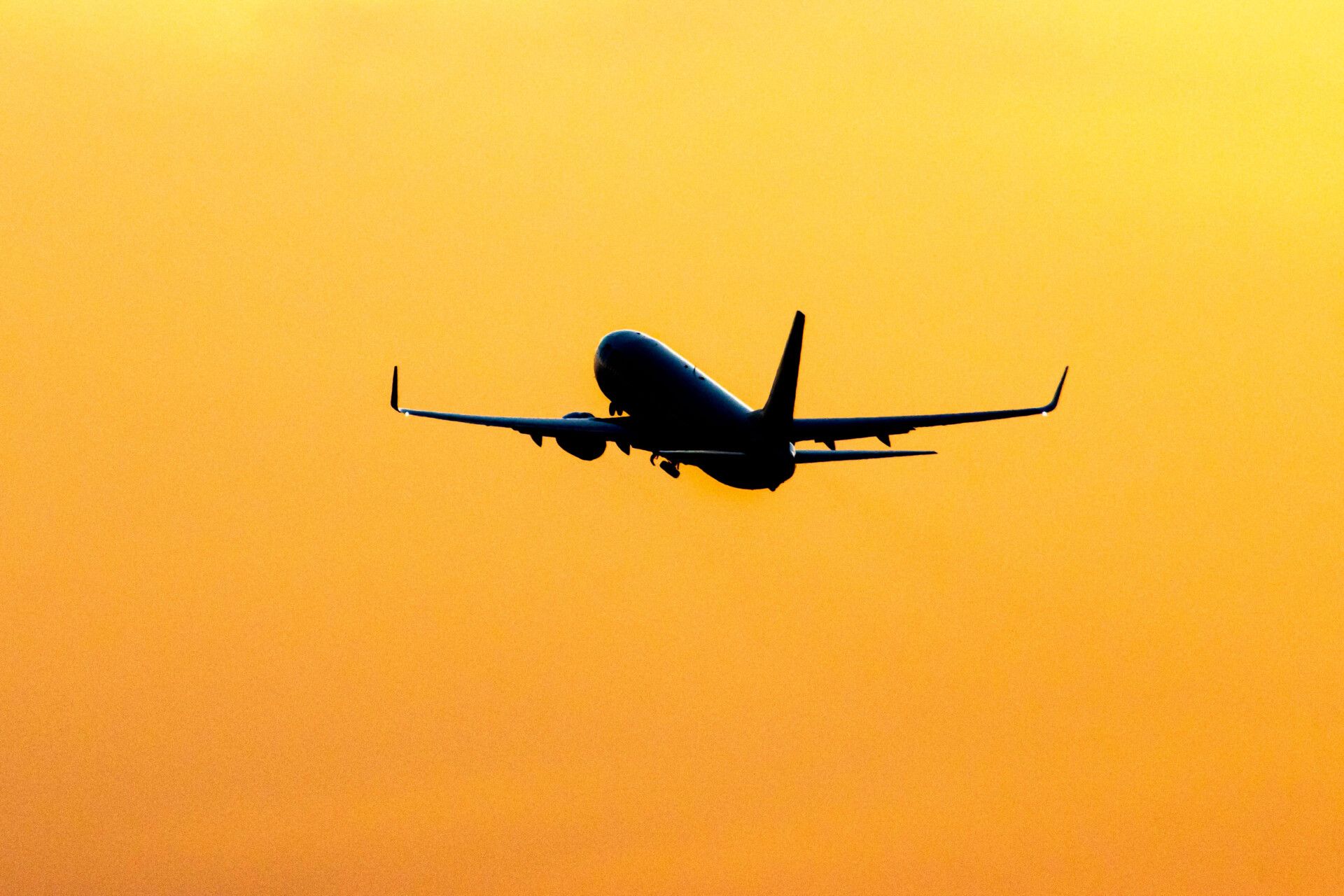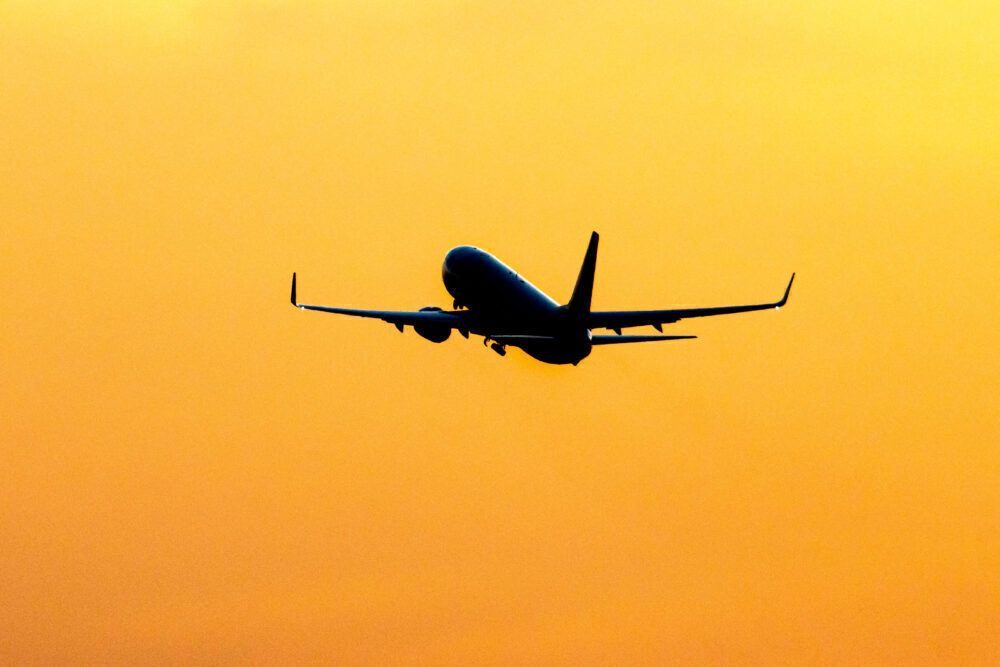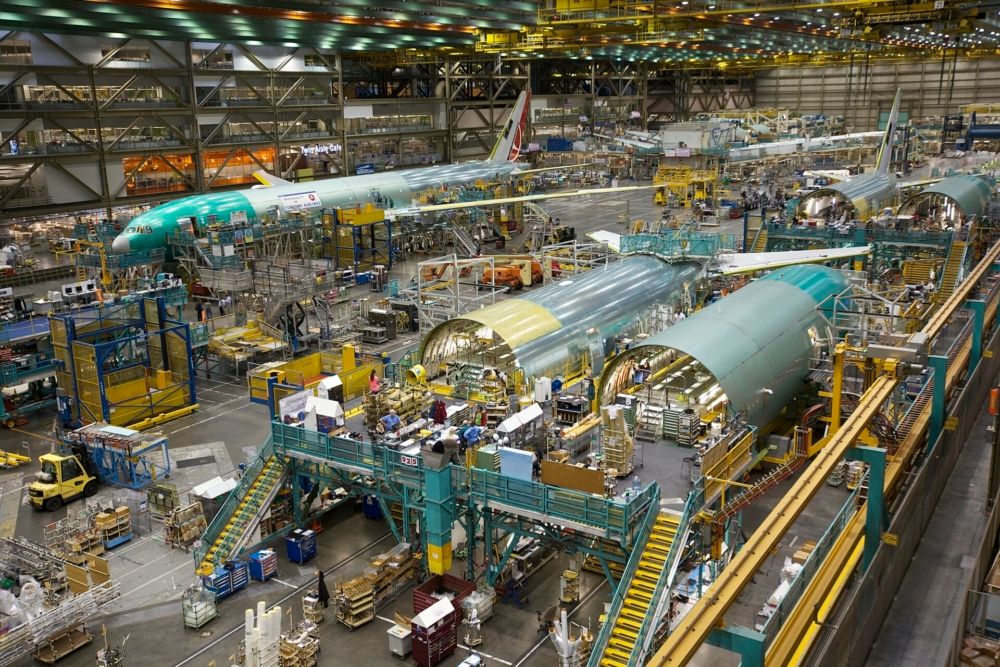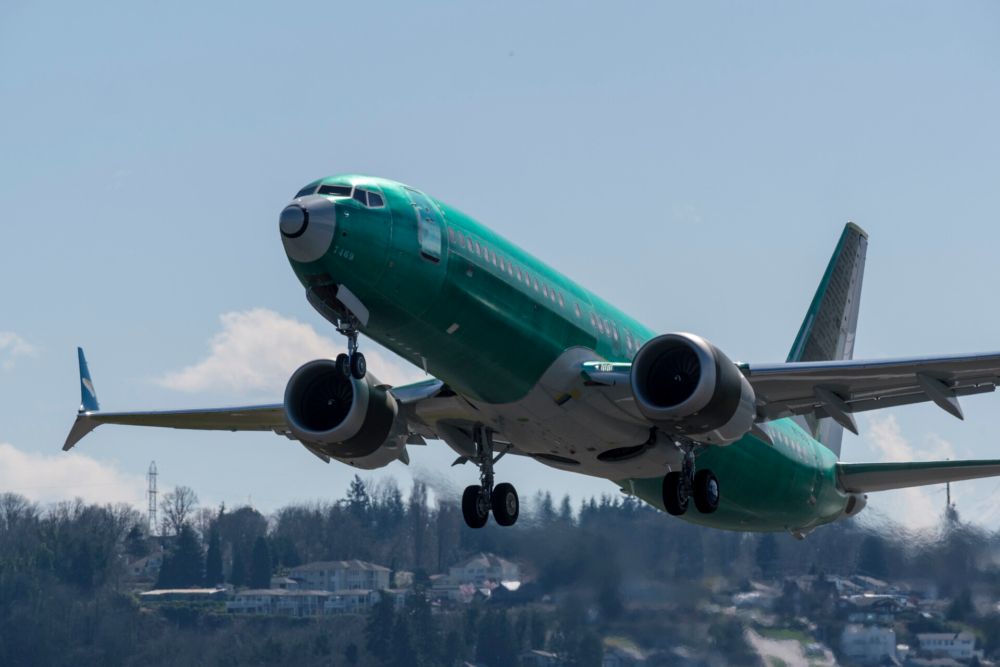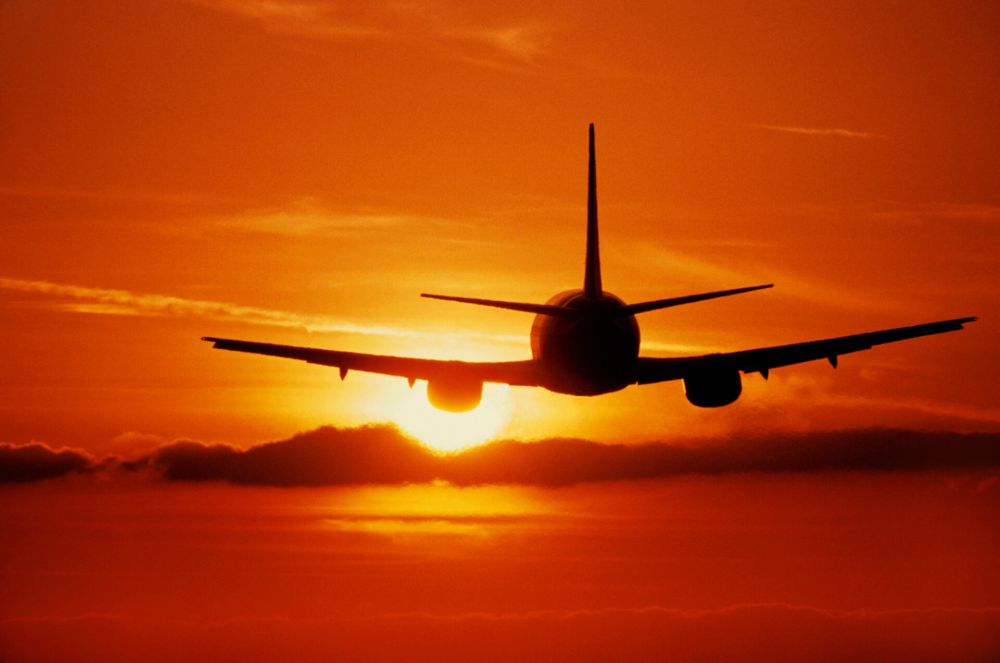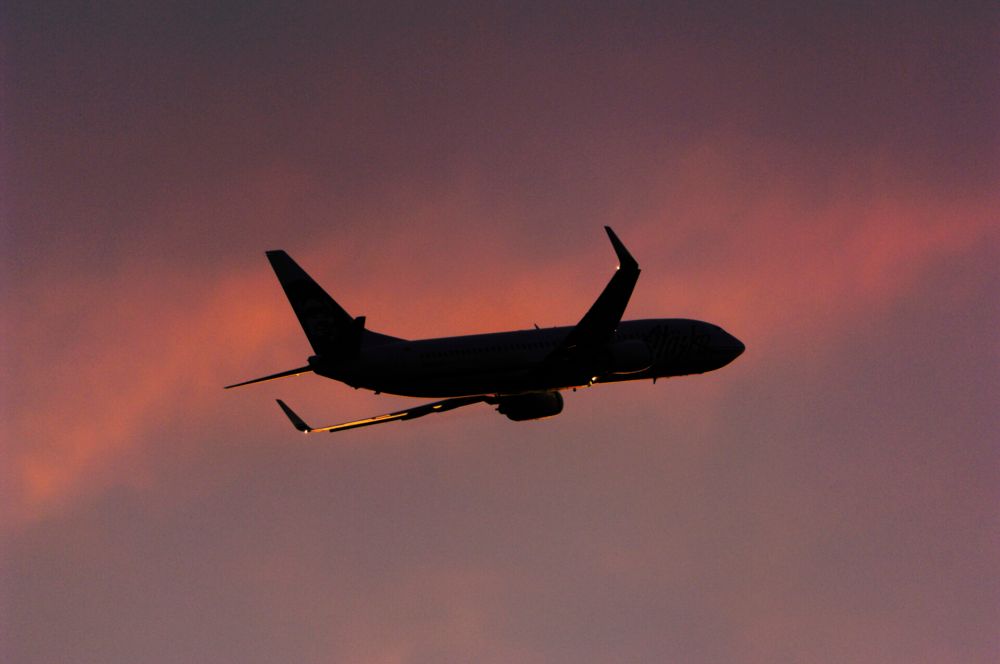The eyes of the aviation community have long been on Boeing to see what comes next. The US planemaker has appeared to be on the cusp of announcing a clean sheet aircraft design for many years, but as yet, nothing is firm. CEO David Calhoun recently said that it was ‘laying the foundation’ for the next Boeing jet – but what does that actually mean?
Laying the foundations
Boeing’s last clean sheet aircraft was announced almost 20 years ago, with the concept for what was known at the time as the 7E7. Finally entering into service as the 787 Dreamliner in 2011, this aircraft brought together new technologies, new manufacturing techniques, and modern systems to create a more efficient, more futureproofed airplane.
Now the market is crying out for Boeing to bring it a brand new, clean sheet aircraft for the future. During Boeing’s Q3 earnings call, CEO Dave Calhoun said that the company was “beginning to lay the foundation for our next commercial airplane development program.” But what does that actually mean?
Speaking at Simple Flying’s recent Future Flying Forum, Scott Hamilton, managing editor of Leeham News, threw some light on what Boeing’s CEO probably meant by ‘laying the foundations.’ He said
“What Boeing means by laying the foundation for the next commercial jet, at this stage, is getting their production system in a very advanced state. We know that when the 787 was created in 2003, the idea was to have a production system that would basically allow a snap together final assembly line.
“The underlying concept of trying to reduce the assembly and design stages has been an ongoing effort by Boeing, and that's what they mean when they say they're laying the foundation.”
Advanced production and assembly would allow Boeing to speed up production as well as reducing costs. And it’s a process the planemaker has been perfecting in another area of its remit. Over on the defense side, the front fuselage of the first Boeing-Saab T-7A Red Hawk advanced trainer was joined perfectly with its aft section in less than 30 minutes. Using model based engineering and 3D design, Boeing completed the digital splice in 95% less time than traditional splices, and with substantial quality improvements.
“That's one step in these advanced production techniques, digital design. So there are just a whole slew of steps and the next airplane, whatever it is, is intended to converge all of these production techniques into a commercial airliner for the first time. It's a moonshot in production,” noted Hamilton.
Stay informed: Sign up for our daily and weekly aviation news digests.
What will the next airplane be?
There’s been plenty of talk about Boeing’s next clean sheet aircraft. For many years, the anticipation was that it would tackle the gap in its product line between the smallest 787 and the largest 737, with a brand new midsize aircraft. Many thought it would be a twin aisle jet with single aisle operation costs, but for one reason and another, it was never launched.
And that's not the only option facing Boeing. The 737 has been twiddled with and tweaked for more than half a century. There are only so many times you can reiterate such a vintage aircraft, and a clean sheet narrowbody could see Boeing clawing back market share in this segment from its European rival.
Hamilton said,
“Boeing and the industry recognize that Boeing has to do something. It's getting its clock cleaned by Airbus with the new A321. The 737 is on its last iteration. So the question is, what is the next new airplane going to be?”
While Boeing has delayed any announcement of a new aircraft type, the world has been changing around it. Efficiency has always been a key goal for any new aircraft, but now the sustainability game has moved on significantly. Hamilton said,
“There has always been something of a background recognition that emissions had to be reduced, that the lifecycle the airplane had to be altered in such a state that instead of going into landfills, you could recycle as much of the airplane as you possibly could. That's been out there for quite a while. But now because of climate change, global warming, just generally emissions concerns, there's a much greater emphasis now on eco aviation.”
Boeing will need to pay attention to this, and create a step change in aviation design to provide its customers with the tools they need to make a positive change for the environment. But there are many questions, as Hamilton noted,
“So is the next airplane step change going to be something that would be based on electric battery power? Is it going to be electric hybrid, is going to be hydrogen? Or is it going to be sustainable aviation fuel? Or is it going to be the conventional engines that have some dramatic improvements in the reduction of fuel burn and therefore emissions reductions that will be powered by SAF? So it is a major question.”
It is a major question, and the jury is out on which will be the long term winner for a sustainable aviation future. Nevertheless, research is ongoing in all those fields, with leaps in technological development happening all the time. For Boeing, its immediate focus is on SAF as a short term, impactful solution. Does that give us some clues as to what its next aircraft will be? For the answer to that, we’ll have to wait and see.

